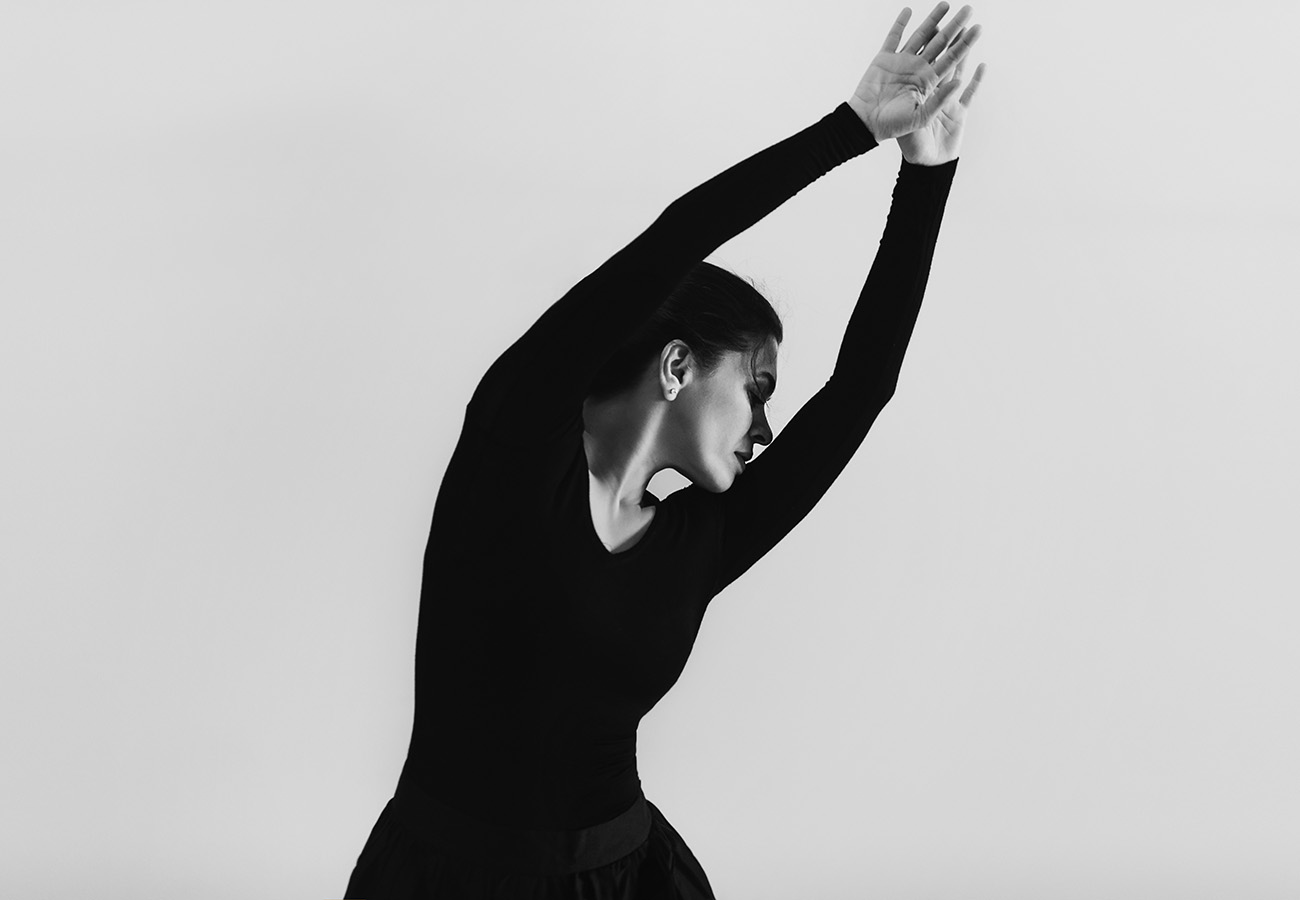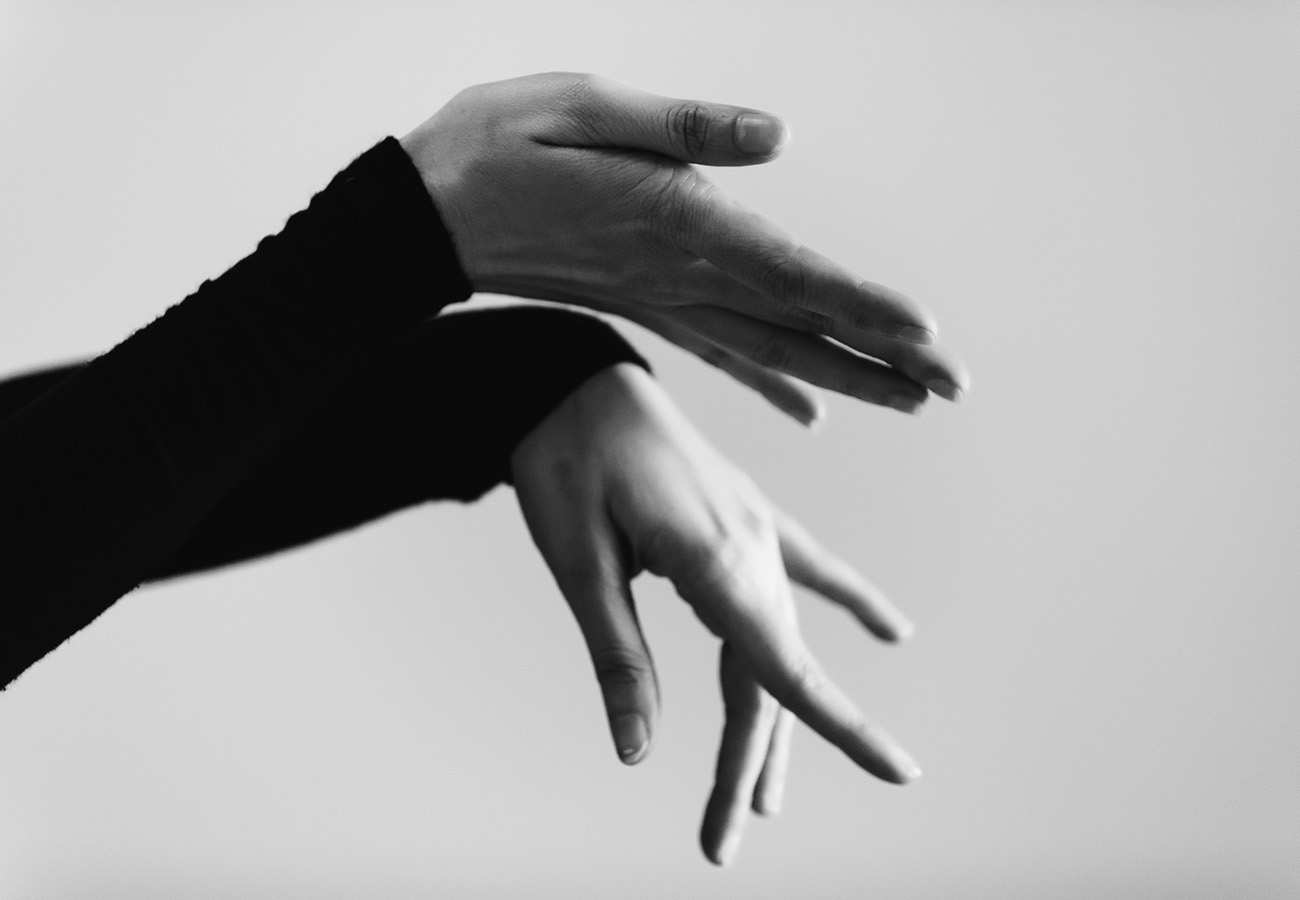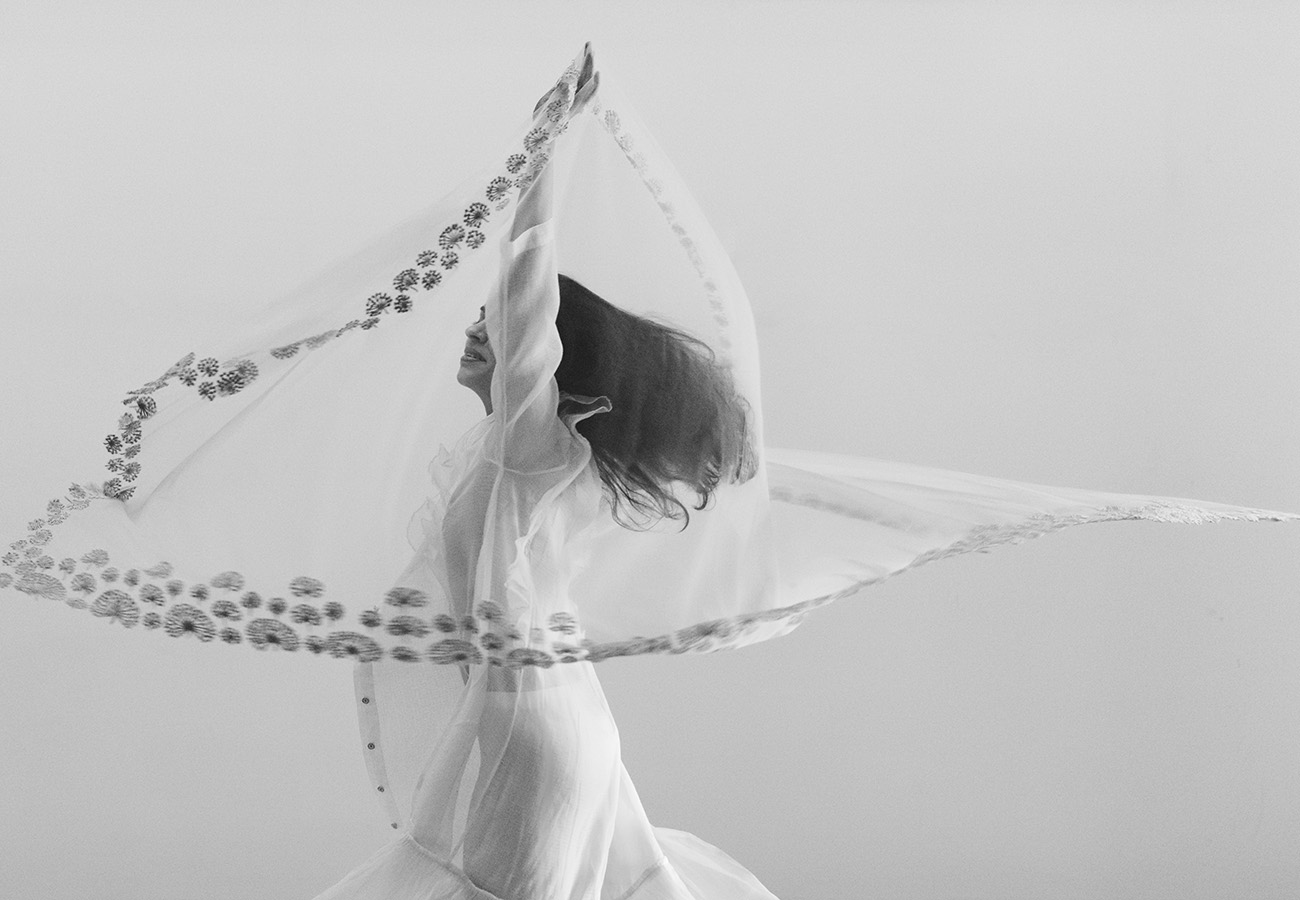Movement symbolizes life. It is a mirror that invites connection, reflection, a journey into our deepest recesses, a union of mind, body, and spirit. It teaches us to be fully present, to be empathetic as we hold space for ourselves and others. Dance is an incredibly powerful pathway to renew our relationships with our bodies, learn to recognize sensation and to simply observe and witness without judgment.
Mrunal Pawar as the dance movement therapist is deeply indebted to my mentor Dr. Danielle Fraenkel, a licensed creative arts therapist and a mental health counselor at Kinections, combining dance, movement, mindfulness & music to focus on diverse issues and find healing through the arts. She is also thankful to Sancheti Healthcare Academy for giving me a grounding and holistic approach to mental health & Dance Movement Therapy.
This very belief inspired her to create CAIT (Creative Arts in Therapy).









